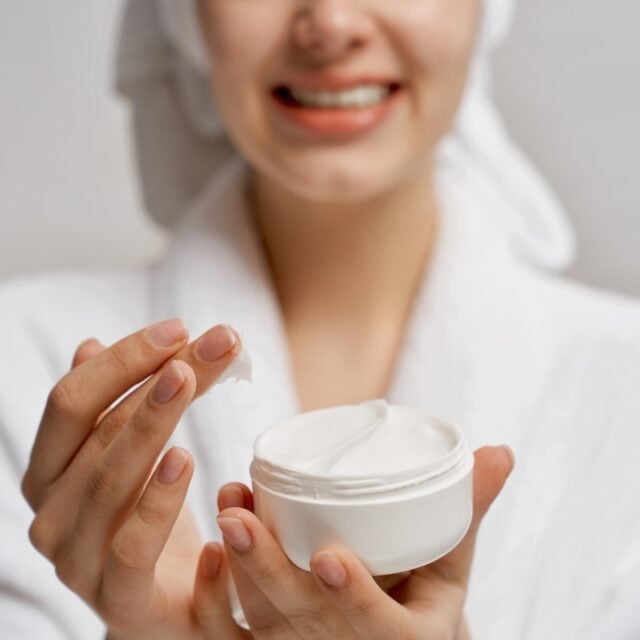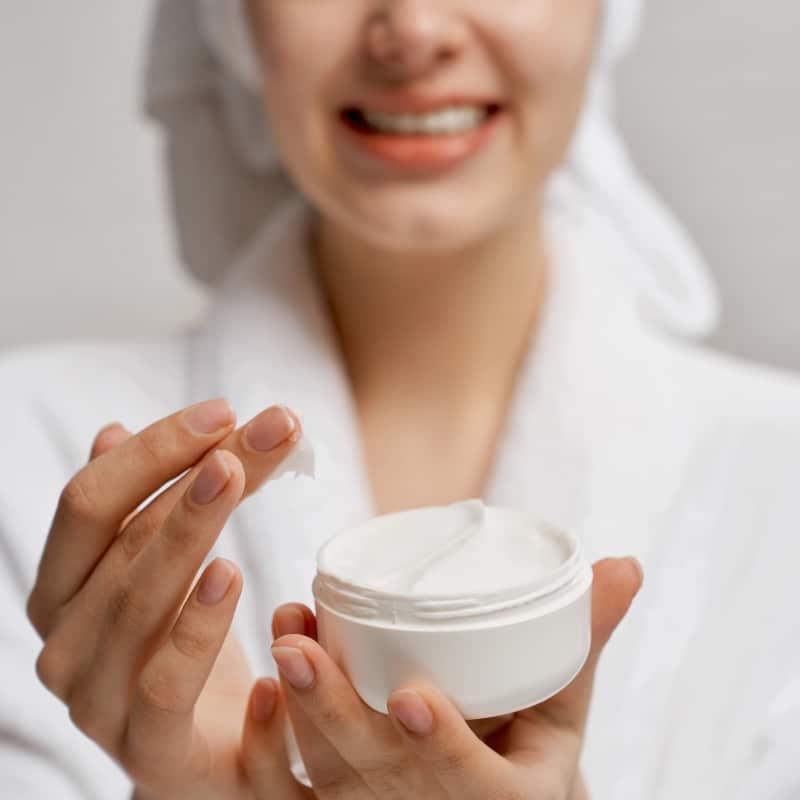
Moisturizers are some of the most popular cosmetics in the world, and the European Union has some of the strictest rules for these products. To get your moisturizer on EU shelves, you need more than just good marketing and attractive packaging, whether it’s a basic hydrating cream or a high-end formula with bioactive antioxidants. It needs to follow the CPSR rules for moisturizers and have a full cosmetic product safety report done for them.
The CPSR is the most important part of making sure cosmetics are safe in Europe. It makes sure that every part of your product is safe to use, that your cream has passed the required stability and microbiological tests, and that your packaging doesn’t make the product less safe. It requires compliance with the CPSR rules for moisturizers and completion of a full cosmetic product safety report for moisturizers.
This article explains what a CPSR is, what tests and paperwork are needed, and how brands can put together a safety report for all kinds of moisturizers that meets the requirements.
CPSR Rules for Moisturizers: The Legal Framework
Regulation (EC) No 1223/2009, the EU’s rules for cosmetics, is what the CPSR rules for moisturizers. Before any cosmetic product, even leave-on ones like moisturizers, can be sold, it has to go through a safety check.
A CPSR has two distinct parts:
- Part A has all the information, including the formula, specifications for raw materials, toxicological profiles, impurity information, results from EU moisturizer safety testing, stability data, and studies on how well the packaging works with the product.
- The expert’s evaluation is in Part B. In this case, the qualified safety assessor looks at the data, figures out the safety margins, and decides if the moisturizer is safe to use as directed or in a way that is likely to happen.
The result is a legally required Cosmetic Product Safety Report for moisturizers that sits within the Product Information File (PIF), which must always be available to EU authorities.
Ingredient Documentation and Quality Standards
Regulators look at more than just the texture and scent of a moisturizer. The CPSR rules for moisturizers say that every ingredient must be fully documented. This includes its INCI name, CAS number, purity, any leftover solvents or heavy metals, and certificates of analysis. Natural plant extracts need toxicological and impurity data.
Impurities are important. For instance, the presence of allergens, nickel, or solvents can affect the safety of the final formula. The cosmetic product safety report for moisturizers is only complete when these data points are collected and explained. Beyond individual ingredients, regulators also expect brands to demonstrate that raw materials come from reliable suppliers with traceable quality documentation. Certificates of analysis, safety data sheets, and evidence of compliance with good manufacturing practices all play a role in proving that the product is consistent and safe.
In addition, ingredient documentation must align with the claims made on packaging. For example, if a moisturizer claims to be “hypoallergenic” or “dermatologically tested,” the supporting documentation must prove that allergens are minimized and that relevant clinical or consumer studies have been conducted. By ensuring that ingredient records are comprehensive and claims are evidence-based, brands not only comply with the CPSR rules for moisturizers but also reduce the risk of consumer complaints or regulatory scrutiny.
EU Moisturizer Safety Testing: Core Requirements
The compliance process is built on testing. EU safety testing for moisturizers includes a number of tests that check to make sure the product stays safe and works well for its entire shelf life.
- Physicochemical Stability: The pH, viscosity, smell, and look of creams are all tested. Accelerated stability studies may replicate temperature and light exposure to verify that the formula remains stable.
- Microbiological Quality and Preservative Efficacy: Moisturizers are dangerous because they have water in them, which can help bacteria grow. Tests show that the preservative system is strong enough to keep bacteria, yeast, and mold from growing.
- Compatibility of Packaging: The cream and its container must not interact in a way that causes materials to move, leach, or become unstable. There are different risks with pump dispensers, jars, and tubes.
- Dermal Tolerance: Because moisturizers are put on the skin, safety testing may include in vitro irritation assays or looking at validated toxicological data to make sure they don’t irritate the skin.
The CPSR can’t be finished, and the product can’t be sold legally without proof of EU moisturizer safety testing.
Toxicological Profiles and Exposure Assessment
A major part of the Cosmetic Product Safety Report for moisturizers is the toxicological evaluation of each ingredient. Safety assessors gather data on systemic toxicity, mutagenicity, sensitization, and dermal absorption.
Moisturizers are leave-on cosmetics, which means they stay on your skin longer than rinse-off products. People often use them several times a day on large areas of skin. Because this is used so often, exposure calculations are even more important. The assessor uses realistic use scenarios to figure out how much is taken in each day and then compares that to toxicological thresholds using a Margin of Safety (MoS) calculation. The CPSR rules for moisturizers say that every ingredient must have an acceptable MoS before the product can be called safe.
Assembling the Cosmetic Product Safety Report
Once all tests, documentation, and ingredient information are complete, the qualified safety assessor compiles the cosmetic product safety report for moisturizers. This is the final, structured document that regulators expect to see as part of the Product Information File, and it represents the culmination of all the data collected throughout the compliance process.
Part A: Cosmetic Product Safety Information: This section is highly technical and includes every detail regulators may require. It covers the full ingredient composition with INCI names and CAS numbers, toxicological data on each raw material, and information on impurities or potential contaminants. It also includes the results of EU moisturizer safety testing, such as microbiological challenge tests, stability studies under different storage conditions, and packaging compatibility assessments to ensure that the cream does not react with or degrade in its container. Together, these data points demonstrate that the formula is stable, microbiologically sound, and chemically safe.
Part B: Cosmetic Product Safety Assessment: This is where the expertise of the assessor becomes most evident. Using the data in Part A, the assessor interprets toxicological profiles, evaluates dermal absorption and consumer exposure, and calculates the Margin of Safety (MoS) for each ingredient and the overall product. The section concludes with the assessor’s professional judgment on whether the moisturizer can be considered safe under normal and reasonably foreseeable conditions of use. This expert opinion is legally required and must be signed by someone with the appropriate academic qualifications.
Labeling and Consumer Information
The assessor also ensures that the product label complies with EU rules. This includes mandatory information such as the function of the product, batch number, shelf life or PAO (period after opening) symbol, and a list of ingredients in the correct order. If any special warnings or usage restrictions apply, for example, in the case of certain preservatives or actives, these must also appear on the label. The goal is to make sure that consumers not only receive a safe product but also the correct instructions to use it safely.
Ultimately, a well-prepared cosmetic product safety report for moisturizers is not just a set of documents but a comprehensive demonstration of product safety, quality, and compliance. It ties together every aspect of formulation, testing, and labeling into a clear and defensible report that enables brands to confidently place their moisturizers on the EU market.
Common Pitfalls and How to Avoid Them
When making a safety report for moisturizers, many brands run into problems:
- Not including information about impurities or certificates of analysis.
- Using old toxicological sources instead of the most recent SCCS opinions.
- Taking for granted that “natural” means “safe by default” without proof.
- Not taking into account how often real customers use and reapply it.
- Not updating the CPSR after making changes to the formula or the packaging.
Brands can avoid expensive delays and enforcement actions by planning for these problems and following the CPSR rules for moisturizers step by step.
Frequently Asked Questions
Q1. Do all moisturizers need a CPSR?
Yes, all moisturizers sold in the EU must have a cosmetic product safety report for moisturizers, regardless of whether they are a basic cream or a special formula.
Q2. How long does it take to test EU moisturizers for safety?
It can take anywhere from three to six weeks, depending on how much stability and microbiology testing are needed. More complicated formulations might take longer.
Q3. Who can write a CPSR?
Only a safety assessor with a degree in pharmacy, toxicology, or a related field that is recognized by EU Member States can fill out Part B of the report.
Q4. What will happen if I change the packaging or preservatives later?
You have to change the CPSR. The CPSR says that the safety report for moisturizers must show the current formula and conditions.
Q5. Can I sell my moisturizer while the CPSR is still going on?
No. It is against the law to sell moisturizers in the EU without a completed safety report for cosmetic products.
Conclusion
To make sure your moisturizer is ready for the EU market, it needs more than just a smooth texture or pretty packaging. Compliance starts with thorough documentation of the ingredients, then moves on to EU moisturizer safety testing, and finally ends with a full cosmetic product safety report for moisturizers signed by a qualified safety assessor.
We help brands with every step of this process at Certified Cosmetics. Our team makes sure your product is safe, compliant, and ready for consumers by figuring out the CPSR rules for moisturizers, setting up the right tests, and writing the final report.
To get professional help and make sure your moisturizer meets all EU rules, go to our CPSR for Cosmetics service page.

